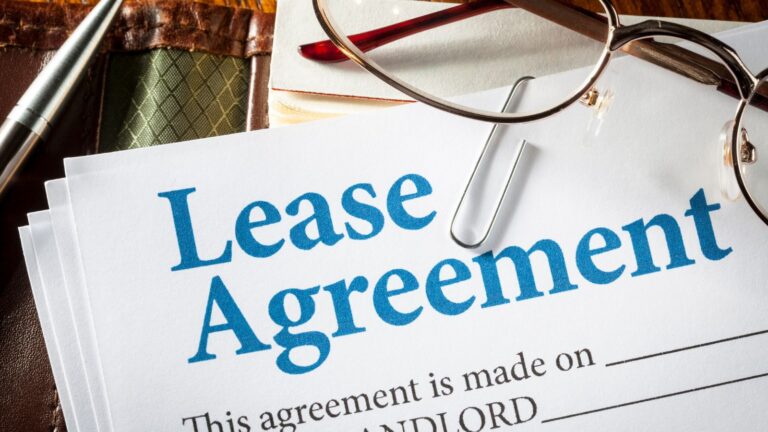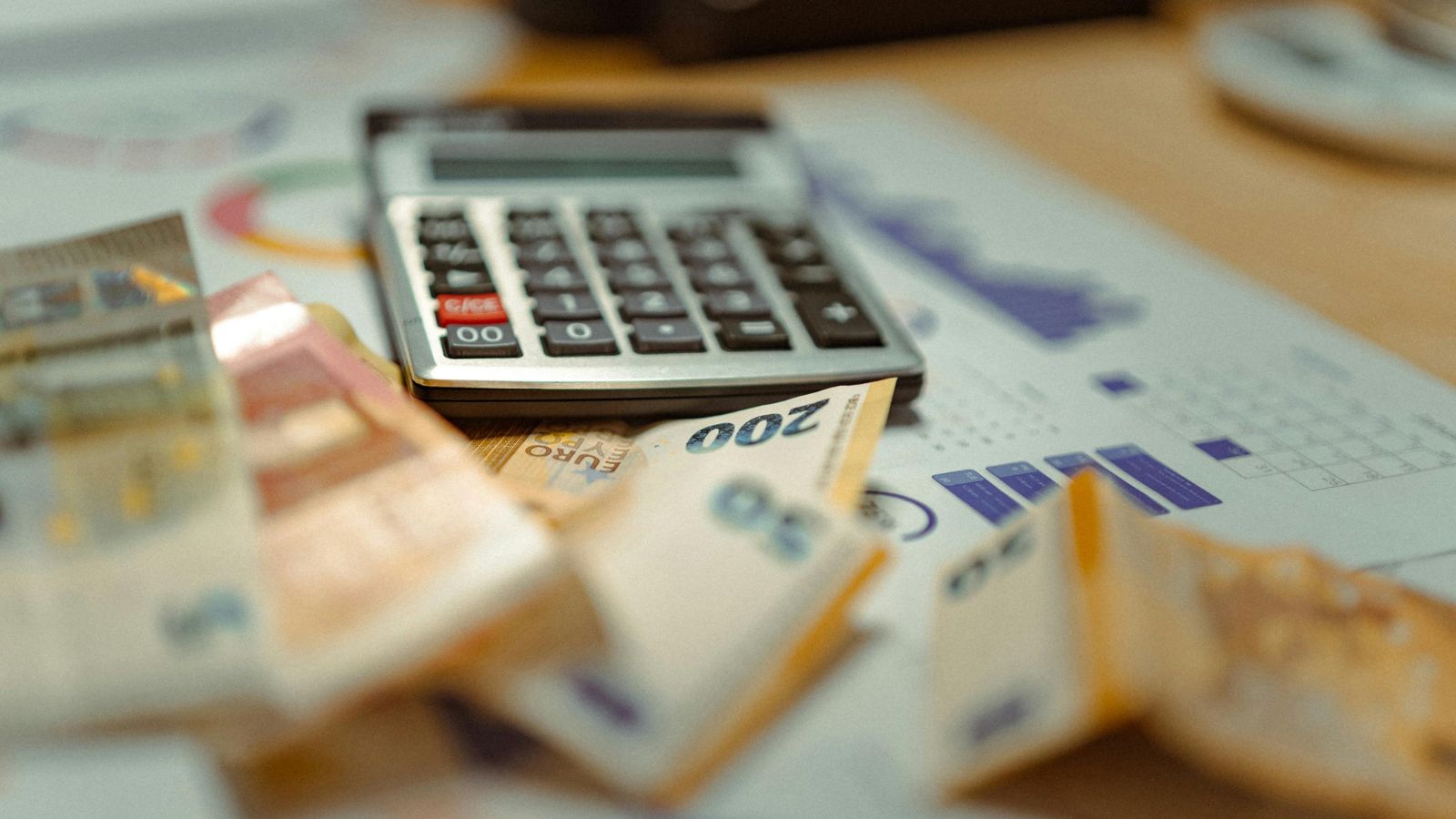Renting a home or apartment is often the most practical housing choice for many people. Whether you are a first-time renter or someone who has moved multiple times, signing a lease can feel overwhelming. Most renters tend to focus on the monthly rent and whether it fits into their budget. However, the true cost of renting often goes beyond what is written in bold numbers at the top of your lease agreement. Hidden fees, sometimes small, sometimes significant, can quickly add up and strain your financial plans if you are not prepared.
To avoid unpleasant surprises, it is essential to understand which costs are commonly overlooked and how to account for them in your budget. Below, we will break down the hidden fees every renter should keep in mind before signing on the dotted line.
1. Security Deposits and Move-In Costs
Nearly every lease begins with a security deposit, which is often equivalent to one or two months’ rent. While this is not necessarily hidden, renters sometimes underestimate how much upfront money they will need. Some landlords may also charge additional move-in fees or require the first and last month’s rent in advance.
If your monthly rent is $1,500, you could easily be expected to bring $4,500 to $5,000 just to secure the apartment. This is a substantial sum that should be planned for well before your move.
2. Application and Administrative Fees
Landlords and property management companies frequently charge application fees to cover background checks or credit screenings. These can range from $25 to $100 per applicant. In some competitive rental markets, you might pay application fees for several properties before securing one, which can add up quickly.
Additionally, some properties charge “administrative fees” or “processing fees” that are not refundable, even if you do not get the unit. Always ask upfront about these charges before applying.
3. Utility Costs That Aren’t Included
While some leases include certain utilities like water or trash collection, many leave major bills such as electricity, gas, internet, and cable up to the renter. Heating or cooling can significantly increase your monthly expenses depending on the climate where you live.
To avoid surprises, ask the landlord for an estimate of average utility costs for the unit. You can also call local utility companies and provide the address to get historical averages. This ensures your budget reflects the true monthly expense.
4. Pet Deposits and Monthly Pet Rent
Pet owners face additional fees that often are not factored into the initial rent listing. Landlords may require a non-refundable pet deposit, a refundable pet security deposit, or both. On top of that, many charge monthly “pet rent,” which can range from $25 to $100 per pet.
For a two-year lease, an extra $50 per month adds up to $1,200. If you have multiple pets, this becomes a major financial consideration.
5. Parking and Storage Fees
If you live in an urban area, parking can be a hidden cost that significantly impacts your budget. While some rentals include one parking space, others may charge anywhere from $50 to $300 per month for access to a garage or lot.
Similarly, if your unit has limited storage space, you may need to rent a storage locker on the property or offsite, which comes with its own monthly fee.
6. Renter’s Insurance
Many landlords now require proof of renter’s insurance before you move in. While renter’s insurance is relatively affordable, averaging $15 to $25 per month, it is still an additional cost that must be accounted for.
The upside is that renter’s insurance can save you thousands if your belongings are damaged by fire, theft, or water leaks, making it a worthwhile expense.
7. Maintenance and Amenity Fees
Some properties charge tenants for routine maintenance, pest control, or common area upkeep. In addition, apartment complexes with gyms, pools, or shared lounges may have mandatory amenity fees, often disguised as part of a “community” or “facility” charge.
Even if you do not use the pool or fitness center, you could be required to pay these monthly costs. Ask whether these charges are optional or mandatory before committing to a lease.
8. Late Payment Penalties and Lease Renewal Hikes
While not technically hidden, many renters underestimate the impact of late fees and annual rent increases. If your lease allows a 5 percent late fee, a $1,500 rent payment could cost you an extra $75 if it is just one day late.
In addition, landlords often raise rent when you renew your lease. A modest 3 to 5 percent increase may not seem like much, but over time it can substantially impact your budget.
 9. Cleaning and Move-Out Fees
9. Cleaning and Move-Out Fees
When it is time to move out, some landlords require professional cleaning before returning your security deposit. Others may deduct cleaning or repair costs from your deposit, sometimes even for normal wear and tear. Clarify what the lease defines as “damage” versus “ordinary use” to avoid disputes later.
Smart Budgeting Tips for Renters
To protect yourself financially, follow these strategies:
- Read the lease carefully: Do not skim over sections that discuss deposits, fees, or maintenance responsibilities.
- Ask questions upfront: Clarify every charge, from utilities to parking.
- Set aside a rental buffer fund: Keep one to two months of rent in savings to cover unexpected expenses.
- Track your true monthly costs: Add rent, utilities, insurance, and fees together to calculate your actual housing cost, not just the base rent.
Final Thoughts
Renting can be a great option, but hidden fees in lease agreements often catch renters off guard. By knowing what to look for and planning for these expenses, you can create a realistic budget that prevents financial stress. Before signing your next lease, take the time to ask the right questions, read the fine print, and plan for the extras. With preparation, you will have peace of mind knowing you are financially ready for every aspect of renting.


 9. Cleaning and Move-Out Fees
9. Cleaning and Move-Out Fees